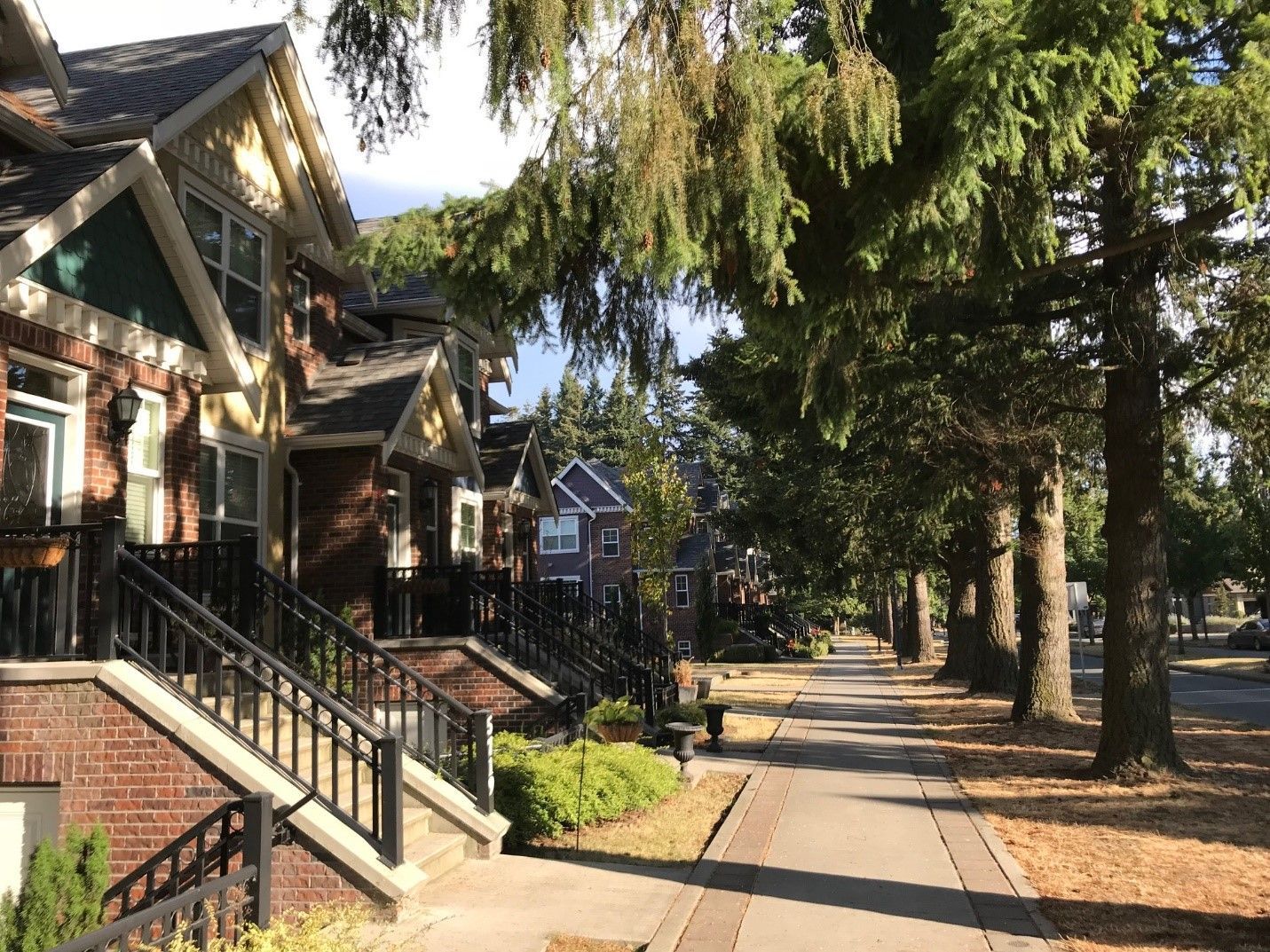
Douglas Fir
Seattle’s classic conifer — strong, fast-growing, and often very tall.
- Susceptible to root rot in poorly drained soils
- Heavy top-end sail can lead to windthrow in storms
- Sudden limb drop from overextended branches
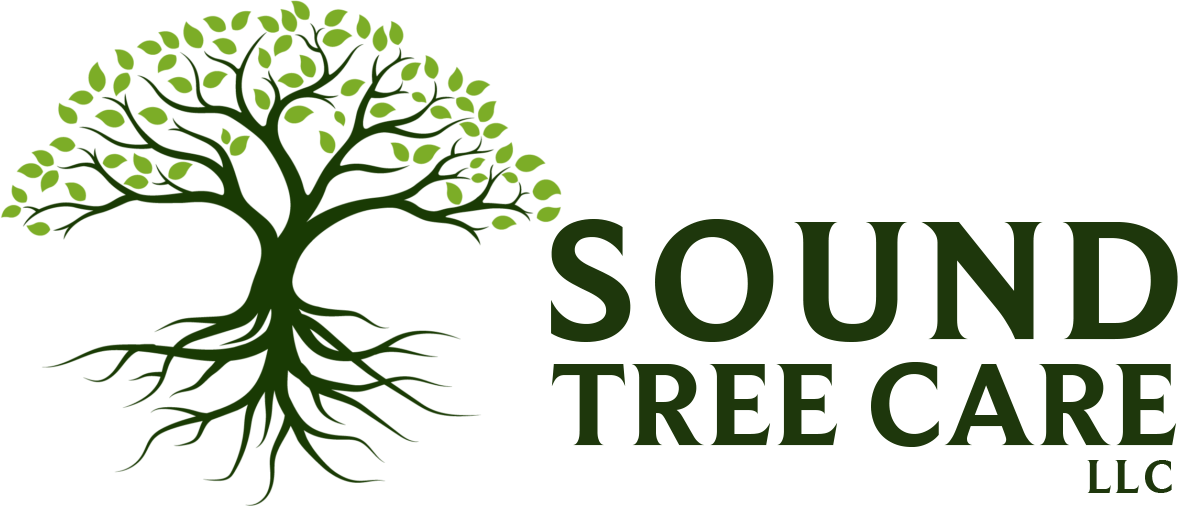
ISA Certified Arborists |
Licensed • Bonded • Insured

Written By: Eric Ledford
ISA Certified Arborist – PN-9290A
ISA Qualified Tree Risk Assessor (TRAQ)
Updated: Dec 2, 2025
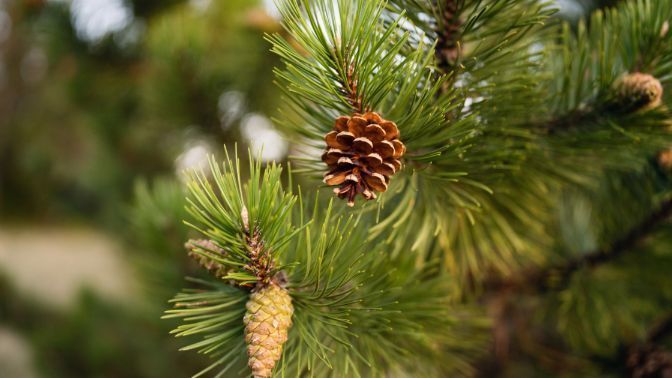
Healthy evergreen trees depend on proper moisture management, root protection, and species-appropriate maintenance. This arborist-approved checklist outlines the core practices that support long-term evergreen health:
✔
Maintain proper soil moisture
Use mulch, avoid overwatering, and monitor drought stress during mid- to late summer (July–September), when evergreen trees continue to lose moisture through their needles.
✔
Protect the root zone
Avoid soil compaction, trenching, excavation, and grade changes, as evergreen trees are particularly sensitive to root disturbance.
✔
Prune correctly and conservatively
Pruning should follow ANSI A300 standards, focusing on dead, diseased, or structurally weak branches while preserving the tree’s natural form and strength.
✔
Address pests and pathogens early
Monitor for needle blight, root rot, bark beetles, and adelgids. Early identification and treatment significantly reduce long-term damage.
✔
Monitor wind exposure
Storms and site changes can create sudden vulnerability in previously sheltered evergreen trees, increasing the risk of branch or whole-tree failure.
Evergreen trees require year-round attention, but their care needs change with the seasons. Understanding seasonal stress factors helps prevent decline and long-term damage.
Spring is the ideal time to assess winter damage, monitor for early pest activity, and plan corrective pruning. Remove dead or broken branches and evaluate soil conditions after heavy winter rainfall.
Evergreen trees are vulnerable to moisture stress during dry periods. Deep, infrequent watering and proper mulching help maintain root moisture, especially during mid- to late summer drought conditions.
Fall is critical for root health. Supplemental watering before winter helps evergreens enter dormancy properly hydrated. Avoid heavy pruning late in the season, as it can increase winter injury risk.
Winter storms and saturated soils increase the likelihood of branch and whole-tree failure. Monitor evergreen trees for storm damage, snow loading, and shifting root plates, particularly in exposed or recently altered sites.
Evergreen trees often hide early signs of stress, and by the time symptoms appear, intervention is usually needed. Here’s what homeowners should watch for.
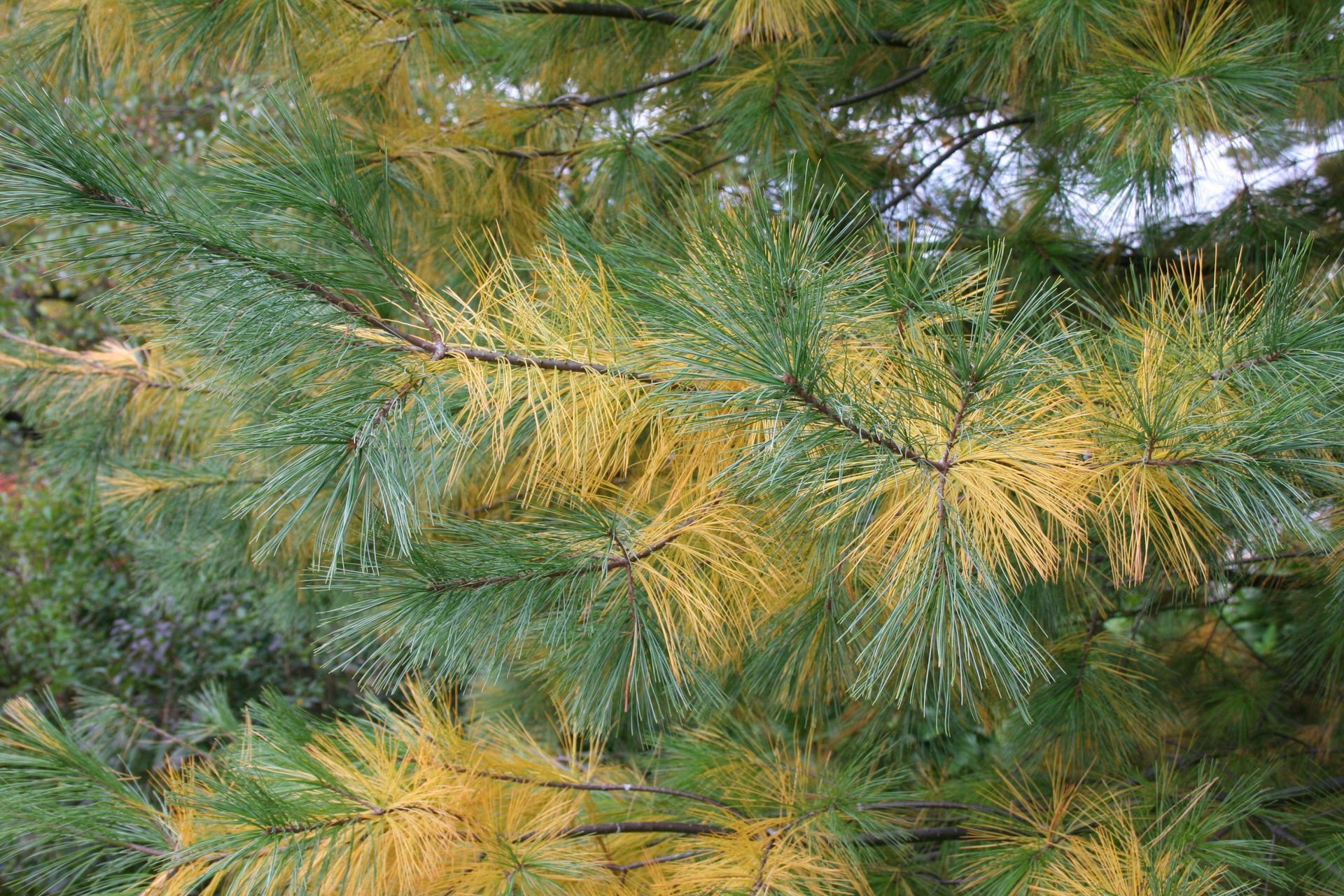

While the core principles of evergreen tree care apply nationwide, local climate, soil conditions, and development patterns can significantly influence how evergreen trees grow, decline, and fail. In the Seattle and greater Puget Sound region, prolonged winter rainfall, compacted urban soils, and increased wind exposure create unique stress factors for evergreen species.
Understanding these local conditions helps homeowners determine when routine evergreen maintenance is sufficient—and when a professional arborist evaluation may be necessary to address site-specific risks, pruning needs, or structural concerns.
Evergreen trees define Seattle’s skyline — from towering Douglas firs to storm-bent spruces and wind-tough Western red cedars. But keeping these trees healthy in an urban environment requires careful pruning, species-specific knowledge, and an understanding of Puget Sound weather patterns.
This guide breaks down
everything Seattle homeowners need to know about evergreen tree care, including maintenance tips, pruning standards, common problems, and when to bring in an ISA-Certified Arborist.
Evergreens like Western Red Cedar, Douglas Fir, Leyland Cypress, and Shore Pine are signature trees in Seattle, Bellevue, Lake Forest Park, and surrounding Puget Sound communities. Their year-round greenery provides privacy, windbreaks, and natural beauty — but that doesn’t mean they’re maintenance-free.
In the Pacific Northwest, evergreens face unique regional challenges:
🌧️ Wet winters increase the risk of root rot and fungal infections
🌞 Dry summers stress shallow-rooted conifers, leading to needle loss and dieback
🌲 Heavy snow and ice cause limb breakage when trees aren’t properly pruned
🪲 Pests like aphids, scale, adelgid, and bark beetles target weakened trees
🧱 Urban soil compaction limits root volume and increases drought stress
Without routine care, evergreens can suffer declining health, structural instability, and aesthetic damage. Overgrown branches may block views, grow into power lines, or crowd out other landscape features.
That’s why proper evergreen care — including seasonal pruning, mulching, soil improvement, and monitoring for disease — is critical to protect both your investment and your property.
📍 Sound Tree Care helps homeowners throughout the Puget Sound region keep their evergreens safe, healthy, and beautiful — year after year.
Evergreen trees define much of the Pacific Northwest landscape, from towering Douglas-firs to the twisting evergreen broadleaf Madrone. Each species has its own strengths and site preferences, along with unique vulnerabilities to drought, root disease, soil compaction, and urban stress. The guide below highlights the most common evergreen species found across Seattle, Bellevue, Tacoma, and the greater Puget Sound region — and what homeowners should know about their care, risks, and long-term health.

Seattle’s classic conifer — strong, fast-growing, and often very tall.

Iconic PNW evergreen now struggling with drought and heat stress.
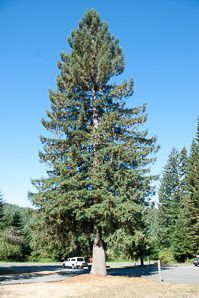
Coastal spruce that prefers cool, moist sites with good airflow.

Shade-tolerant evergreen often found in mixed stands and ravines.
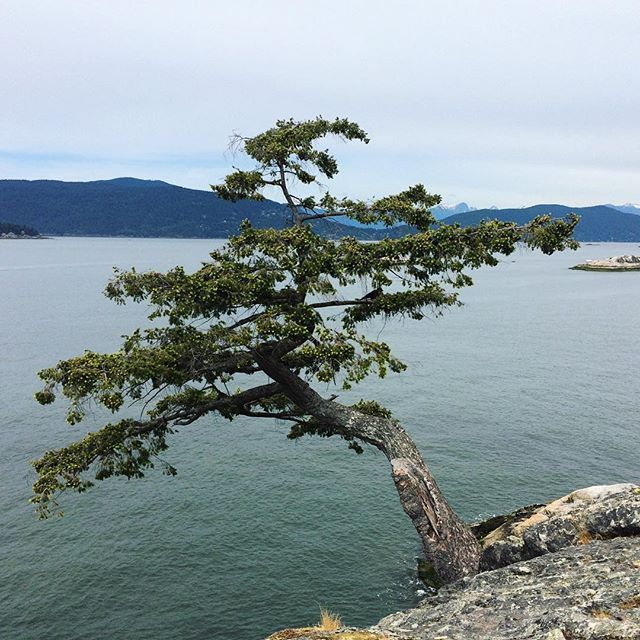
Tough, wind-tolerant pine common on coastal and sandy sites.
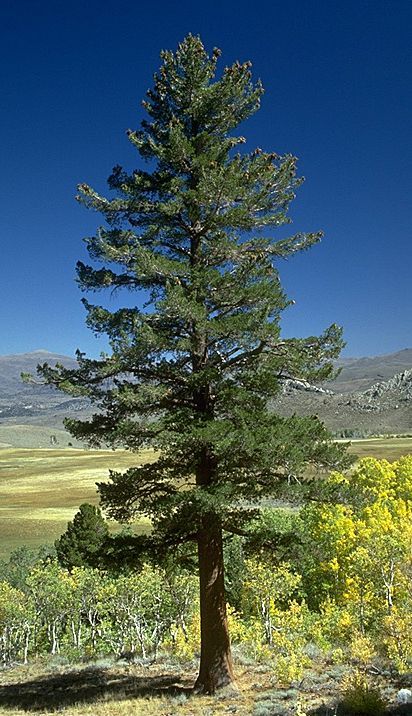
Graceful five-needle pine used in larger Seattle landscapes.
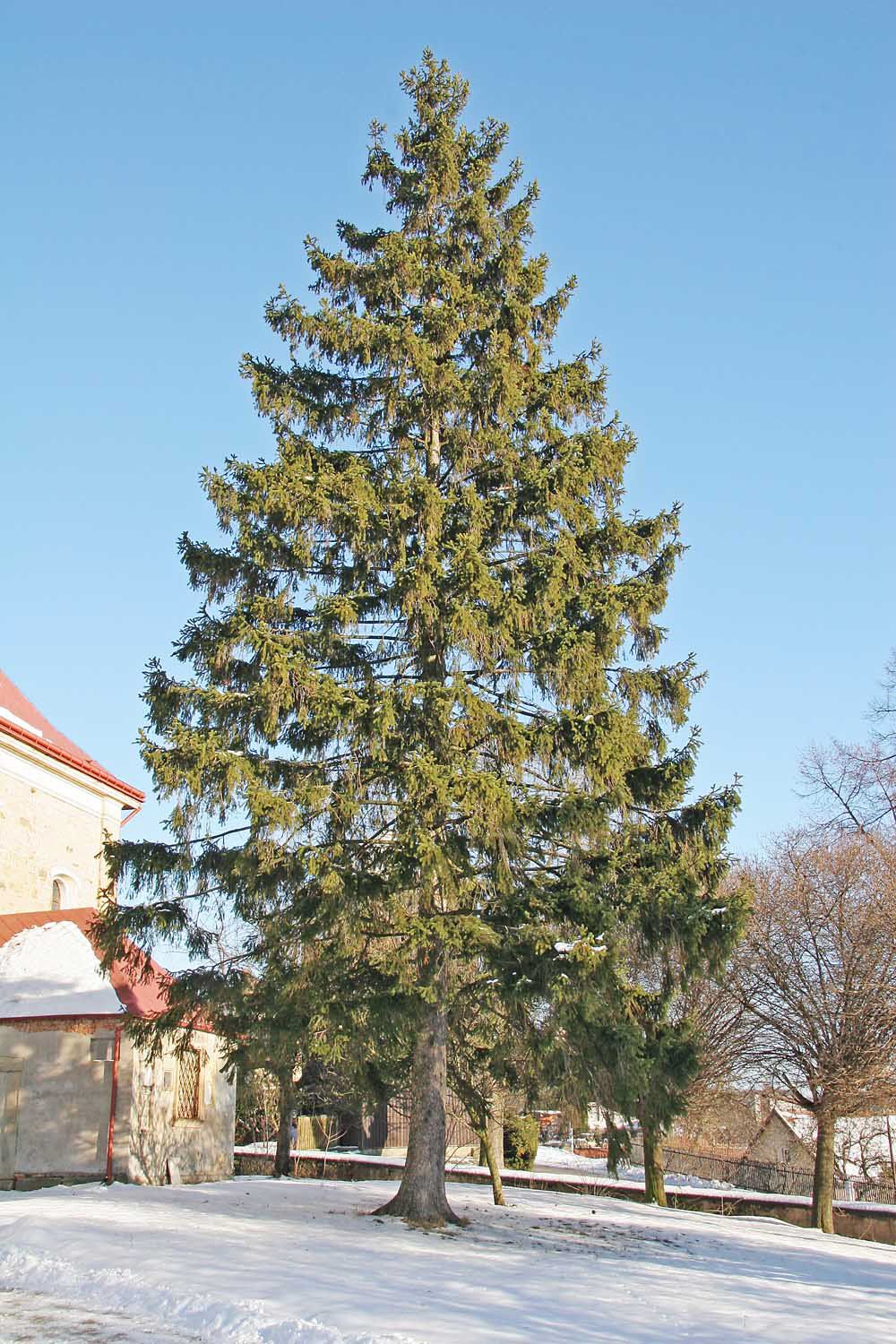
Common planted spruce with strong central leader and drooping limbs.
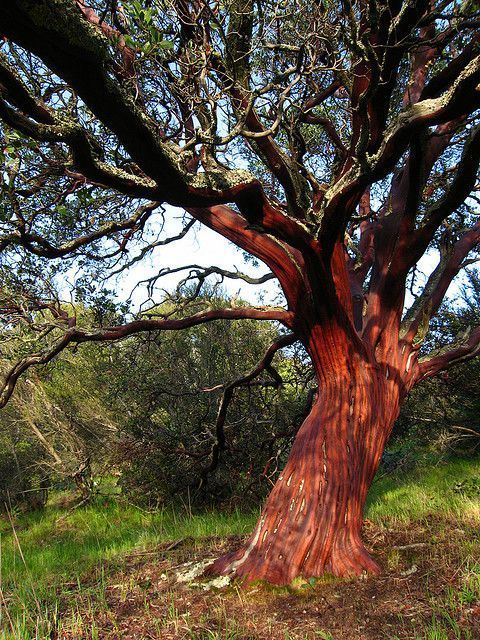
Evergreen broadleaf with peeling bark and high wildlife value.

Fast-growing privacy screen often planted along property lines.
Seattle’s climate swings from heavy winter rain to sharp summer drought — making seasonal evergreen care essential for long-term health.
Proper evergreen pruning preserves structure, improves airflow, and reduces storm-related damage. Here’s what Seattle homeowners should expect from ISA standards.

Evergreen tree care services in Seattle require a specialized approach due to the region’s dense urban development, frequent windstorms, and year-round moisture. Professional evergreen tree care includes structural pruning, canopy thinning, hazard reduction, clearance from buildings and utilities, and long-term health management tailored to species such as Douglas fir, western red cedar, hemlock, pine, and spruce. In the Seattle and greater Puget Sound area, proper evergreen tree pruning helps reduce wind sail, prevent branch and top failure, and maintain safe clearances over homes, sidewalks, and access paths. Working with a certified arborist ensures evergreen trees are pruned to ANSI A300 standards, city tree codes are followed where applicable, and pruning decisions support both tree health and property safety over the long term. Homeowners and property managers looking for professional evergreen tree care in Seattle can schedule an on-site arborist evaluation to assess pruning needs, risk factors, and any applicable city requirements before work begins.
Proper pruning is essential to the long-term health, safety, and beauty of evergreen trees — especially in Seattle’s urban and suburban environments. From wind resistance to property clearance, regular trimming supports tree structure and reduces risk.
Our ISA Certified Arborists are trained in industry-standard pruning methods that promote health, reduce stress, and shape trees naturally. Improper cuts can weaken evergreens or make them more vulnerable to pests — don’t risk DIY damage on valuable trees.
🌿 Need help pruning your evergreens in Seattle, Bellevue, or surrounding areas? Sound Tree Care offers expert tree trimming with safety and health as our top priorities.
While evergreens are known for their resilience, they’re not immune to pests, pathogens, or environmental stress — especially in moist, temperate regions like Seattle and the Puget Sound area. Identifying and addressing issues early is key to maintaining healthy trees year-round.
At Sound Tree Care, we offer preventive evergreen care programs including monitoring, pruning, and environmentally safe treatment options — tailored for your specific tree species and site conditions.
🧪 Concerned about a pest or fungal issue? Let us diagnose the problem and protect your trees before it spreads.
The long-term health of your evergreens starts underground. In the acidic, often compacted soils of the Seattle and Puget Sound region, poor nutrition or drainage can silently weaken even mature trees. That’s why soil care and fertilization are key elements of proper evergreen maintenance.
Whether you're caring for a Leyland Cypress hedge in Kent or a mature fir in West Seattle, our team can evaluate your tree’s needs and recommend the best soil and nutrition plan for long-term growth.
🌿 Healthy soil grows healthy trees — and we can help you build the foundation
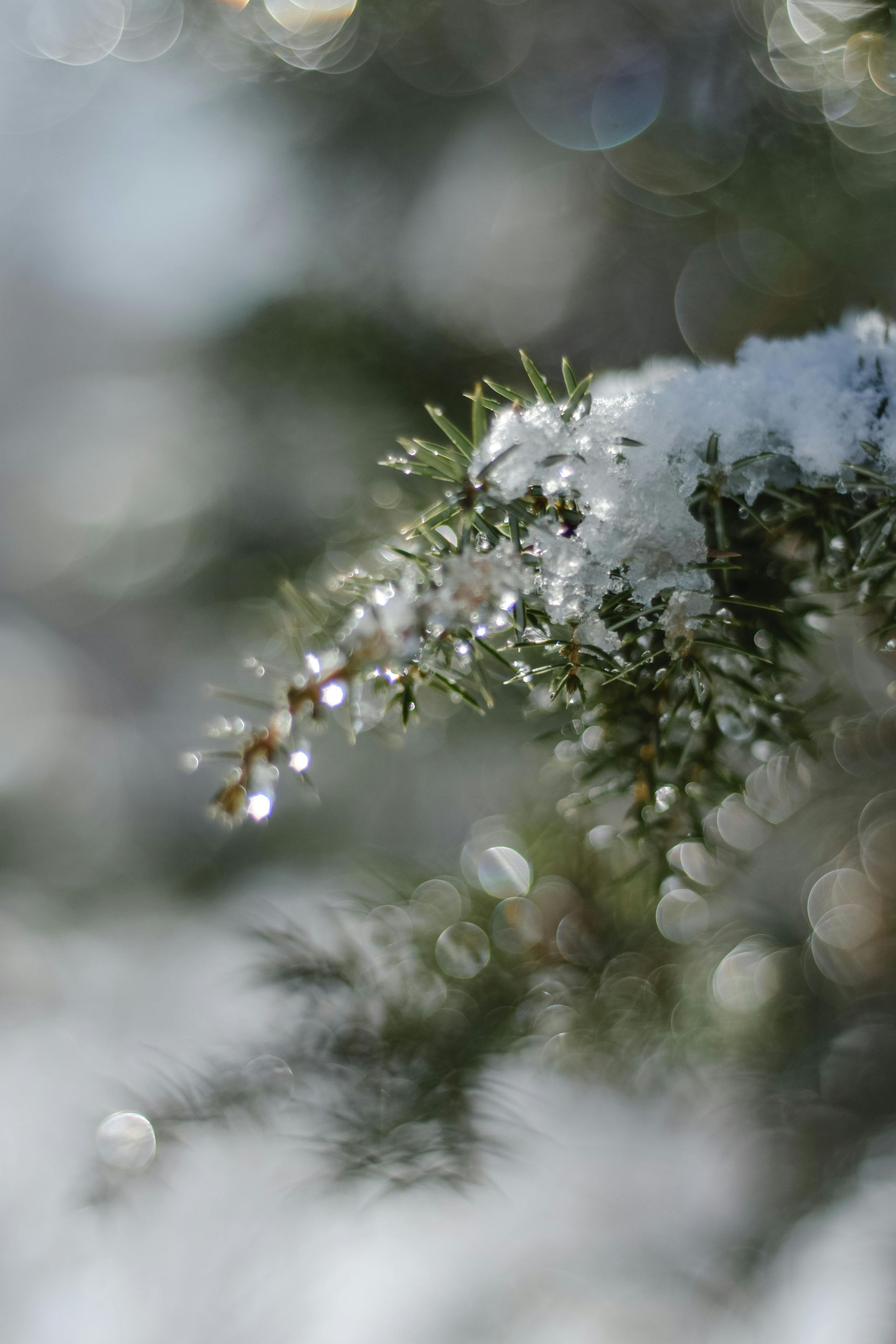
Winter in the Pacific Northwest may be mild compared to other regions, but ice storms, heavy snow, and cold winds still pose serious risks to evergreen trees. Without proper care, even well-established trees can suffer from limb breakage, desiccation (winter burn), and structural stress.
🌨️ Common Winter Hazards for Evergreens
Snow Load & Ice Accumulation – Can cause limb failure, especially on Leyland Cypress, arborvitae, and other columnar evergreens
Cold Wind Desiccation – Dries out foliage faster than roots can replace moisture, leading to browning or needle drop
Frost Cracking & Bark Splitting – Sudden temperature shifts can damage bark on young or exposed trees
🛠️ How to Protect Evergreens in Winter
Prune before winter to remove weak or overextended limbs
Mulch the root zone to insulate roots and retain soil moisture
Avoid knocking ice off branches — this can cause more damage
For vulnerable trees, consider wrapping or staking for stability
For large or high-risk evergreens, we offer pre-winter safety assessments and structural pruning to reduce breakage risk. Preventative care can save thousands in potential storm damage — especially in exposed or sloped locations like Somerset, Queen Anne, or West Bellevue.
🧤 Our arborists help protect Seattle-area trees from winter damage before the first storm hits.

During the dry summer months in Seattle, Bellevue, and the greater Puget Sound, evergreen trees face a different kind of challenge: heat stress, sun exposure, and drought conditions. These environmental factors can lead to symptoms like browning needles, needle drop, and overall decline — often triggering concern from homeowners.
🌞 Common Summer Stress Symptoms in Evergreens
💧 Causes of Summer Stress
🍂 Is Needle Browning Normal?
Yes — to a point. Many evergreens naturally shed older inner needles in late summer or early fall. This process is called seasonal needle drop, and it’s especially common in species like Western Red Cedar, Douglas Fir, and Hemlock.
However, if the browning is excessive, occurs on outer branches, or spreads rapidly, it may signal a deeper issue like pest activity, disease, or drought stress — and that’s when it’s time to call a professional.
🧪 Not sure if your tree is shedding or struggling? We can inspect it if you still have questions.
✅ Summer Evergreen Care Tips:
Have questions about caring for evergreen trees in Seattle or the greater Puget Sound area? You're not alone. Homeowners often contact us about browning needles, pruning timing, and seasonal changes. Below, our ISA Certified Arborists answer the most frequently asked questions about evergreen maintenance, watering, and health — so you can feel confident about your trees.
Evergreen trees often turn brown in summer due to drought stress, root damage, or soil compaction. Even though evergreens keep their needles year-round, they continue to lose moisture through transpiration during hot, dry weather. Without deep watering and healthy root conditions, needles can dry out and discolor.
Seasonal needle drop is a normal process where evergreen trees shed older interior needles, typically in late summer or fall. This natural cycle helps the tree conserve energy and maintain healthy new growth. Seasonal needle drop usually affects inner needles, not branch tips, and should not be confused with disease or decline.
The ideal time for pruning evergreens in Seattle is late winter through early spring, before new growth begins. This timing reduces stress, lowers disease risk, and improves long-term structure. Light maintenance and deadwood removal can be done year-round as needed.
Yes—especially during Seattle’s increasingly dry summers. Deep, infrequent watering is best. Aim for long soakings at the dripline rather than surface sprinkling. Mulching 2–4 inches around the base (but not against the trunk) helps conserve soil moisture and protect roots.
This is often caused by drought stress, soil compaction, root rot, or environmental changes such as nearby construction. Western red cedars are especially sensitive to dry summers. A top-down decline usually requires a professional assessment to determine whether recovery is possible.
A lean can result from root instability, saturated soil, past storm loading, or unbalanced canopy structure. A sudden or increasing lean is a red flag. If the soil appears lifted or cracked around the base, the tree may be at risk of failure.
Yes. Dead or dying limbs increase failure risk—especially during winter storms—and can attract pests. Deadwood removal is safe year-round and helps maintain overall tree health.
Topping should never be performed on evergreen trees. It creates hazardous weak points, accelerates decay, encourages rapid unstable regrowth, and significantly shortens the life of the tree. If size reduction is necessary, selective ANSI A300 crown reduction is the proper technique.
Fertilizing is only recommended when soil tests show nutrient deficiencies. In many Seattle neighborhoods, nitrogen is the most commonly lacking nutrient. Over-fertilizing can actually harm evergreens, so testing and an arborist-directed plan are best.
Yes. Sound Tree Care LLC provides evergreen pruning, trimming, health assessments, and full arborist services throughout Seattle, West Seattle, Burien, White Center, SeaTac, Normandy Park, Shoreline, Renton, Kent, and the greater Puget Sound area.
If you’re in King County, we’ve got you covered.
Costs vary based on access, height, canopy density, and proximity to structures, but most evergreen pruning ranges from $350–$3,000+. Large conifers or complex climbs can be higher. A quick on-site arborist assessment provides an accurate estimate.
Prices vary depending on tree size, access, canopy density, and risk factors such as proximity to structures.
Typical ranges:
For an accurate assessment, schedule an on-site arborist evaluation.
If you’re unsure how to apply these evergreen tree care practices to your property, an ISA Certified Arborist can help assess tree health and maintenance needs.

Founder of Sound Tree Care LLC, Eric Ledford is an ISA Certified Arborist (PN-9290A) and TRAQ Qualified Tree Risk Assessor with extensive experience evaluating, pruning, and managing trees throughout the Puget Sound region.
This content has been written and reviewed by Eric Ledford to reflect current ISA best management practices, ANSI A300 pruning standards, and applicable municipal tree regulations in Washington State.
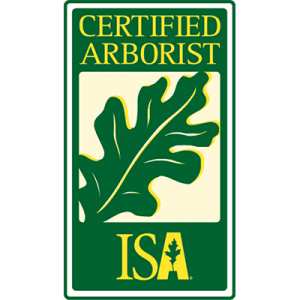
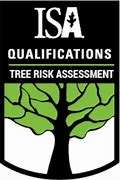
Sound Tree Care LLC Operations
(Not Open to Public)
3057 S 146th St SeaTac, WA 98168
Office Hours
Mon–Fri: 8:00 AM – 4:00 PM
24/7 Emergency Tree Service
📞
(206) 486-7790
✉️info@soundtreecarellc.com
Licensed • Insured • SOUNDTL769C807NG
Registered Tree Service SDCI: TSP-18505
ISA-Certified Arborists providing tree removal, pruning, stump grinding, and permit-ready arborist reports across Greater Seattle.
Fast estimates • City-compliant work • Clean job sites